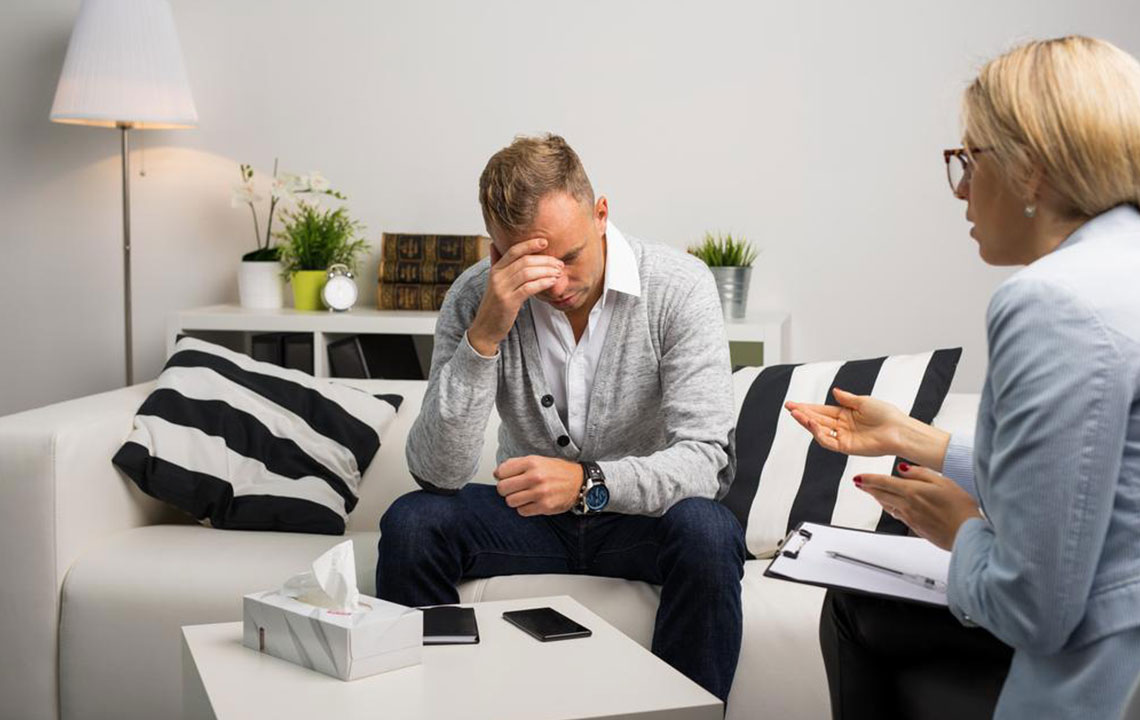Alternatives for Healing Peyronie’s Disorder

While erectile dysfunction is a more common disorder, Peyronie’s disease is one of the rare ones. This ailment could still trouble a man irrespective of his age. Peyronie’s disease is a kind of erectile dysfunction disorder. When Peyronie’s disease afflicts an individual, he develops a bend in the penis. This makes erections painful. There are cures for Peyronie’s disease which depend on the symptoms one has.
Peyronie’s disease roughly affects around 1% of the male population. Men in the age group of 45 to 60 years are most vulnerable, and the average age of onset is 53 years. Peyronie’s disease often comes into existence on traumatic flexing of the penis. This could result in bleeding and formation of a scar tissue. A visible sign of the Peyronie’s disease is the curvature of the penis when erect. Having a curve in the penis is not always a matter of concern. But Peyronie’s disease makes it difficult for a man to have sex. This may lead to worry, stress, and physical soreness as well. A traumatic injury is the most common cause which leads to Peyronie’s disease. But there are cases wherein Peyronie’s disease has occurred without a traumatic injury. There are many types of cures for Peyronie’s disease.
Factors that make you vulnerable to Peyronie’s disease:
- Changes in the tissues come into existence as a part of aging. These increase the odds of occurrence of Peyronie’s disease. Therefore, older men are more likely to suffer from the disorder.
- Genetics too could be responsible for these tissue changes.
Symptoms of Peyronie’s disease:
The most common symptom associated with Peyronie’s disease is a scar tissue on the body of the penis. If the penis bends, it could injure the tissues that surround erection chambers. As the injury heals, the scar forms. Over time, plaque builds up around the injury. When afflicted by Peyronie’s disorder, one can feel this scar on the skin. This scar is often towards the top of the penis, but it could be towards the side or bottom as well. This scar reduces the elasticity of the penis, and upon erection, the penis bends towards the scar. More than one scar could make the curvature even more complex. At times, the patient could develop a bottleneck deformity. In such cases, the scar stretches all around the penis. This may increase the curvature, or lead to painful or soft erections. As a result of Peyronie’s disorder, the curvature could make penetration difficult. The scar may cause shortening of the penis. There are cures for Peyronie’s disease.
During the first six months while the Peyronie’s disease lasts:
- Erections are more painful
- Curvature persists
- While the pain is likely to go away after around six months, the curvature might still endure.
At an earlier stage, it is difficult to figure out if the Peyronie’s disease symptoms would ease over time.
The cure for Peyronie’s disease:
The cure for Peyronie’s disease is often recommended based on one’s symptoms. There are chances that Peyronie’s disease heals by itself over time. It is fine to wait for some time and see if the disorder leaves without any external treatment. However, if Peyronie’s disease is a source of pain then you should choose to go for treatment. The healing method could be using curative therapies or alternative treatments.
Some of the treatments which you could avail for healing Peyronie’s disease include:
- Injectable medications
- Topical treatments
- Coenzyme Q10 supplements
- Vitamin E supplements
- Stretching the penis by use of penile traction therapy
- Taking aid of vacuum devices
- Electroshock wave therapy
- Surgery
- Include Lifestyle Changes
You can overcome erectile dysfunction symptoms associated with Peyronie’s disease by bringing about some simple changes in your everyday lifestyle.
Some of these lifestyle changes include:
- Reducing consumption of alcohol and use of cigarettes
- Getting some regular exercise
Natural remedies for healing Peyronie’s disease:
Some natural remedies could be effective for healing Peyronie’s disease:
- Castor Oil
Castor oil is often recommended as an effective treatment for Peyronie’s Disease. The herbal remedy works by softening the hard tissue and dissolving it over time.
The patient must apply castor oil onto the spots and scar tissue. This would work towards reducing the discomfort while it heals. This is a very easy cure for Peyronie’s disease. - Gotu Kola
Gotu kola is a herb known to be very effective for healing Peyronie’s disease. This protects blood vessels and increases skin strength and skin collagen. Gotu kola also has anti-inflammatory properties. This is a very natural cure for Peyronie’s disease. The herb works on the fibrous tissue formed under the skin of the penis. It works by minimizing the curvature as well.
Using herbal remedies is likely to be very helpful for healing Peyronie’s disorder. You must have the patience to wait for the pain and discomfort to reduce.
In milder cases, symptoms are likely to subside over time. These might not bring about a permanent change in curvature.
During this time, you could use topical remedies for reducing the discomfort. Only after trying out these solutions should you consider going for surgical treatments.


